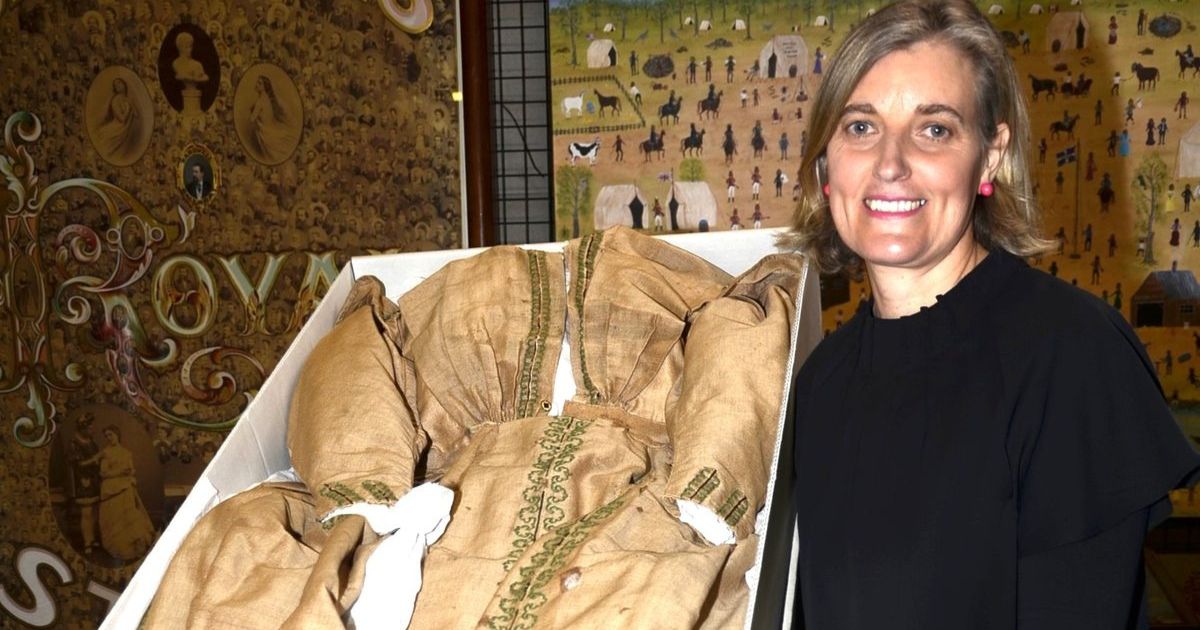G21 region’s great balancing act
Living in one of Victoria’s most visited regions in close proximity to Melbourne can be both a blessing and a challenge.
The G21 region welcomes visitors and new residents seeking to share our wonderful lifestyle, however we also wish to protect those things which make our region great.
Yet the more people who come to enjoy our region the greater the pressure placed on its natural and man-made features.
In some instances the region’s coastal towns and villages swell in population by up to 100 percent at peak tourist season. The region’s permanent population is also booming.
Between 2011 and 2017 the region’s population increased by about 6,300 people each year; an annual growth rate of up to 2.5 percent. Today we have an estimated population of 325,000, which has grown from 245,000 in 2001. Projections show the region reaching a 500,000 population by 2050.
We were the first region in Victoria to develop a regional growth plan. The region’s five municipalities – Greater Geelong, Queenscliffe, Colac Otway, Surf Coast and Golden Plains – worked together with the community and state government departments and agencies.
The G21 Regional Growth Plan was released in 2013 and adopted by the state government.
It identifies the pressures and challenges that population growth is bringing to our region. It also sets out opportunities and directions for managing growth.
It set out where growth should occur and, as importantly, where it should not. Protecting the environment and the unique features of the region in the face of inevitable growth was a major objective.
So it was pleasing during the recent Victorian election campaign to see bipartisan support for protecting town boundaries on the Bellarine and along the Surf Coast.
The state government has committed to “permanently protect the Surf Coast and Bellarine Peninsula from over development, with planning protection enshrined in law”.
It plans to declare both the Surf Coast and Bellarine Peninsula a Distinctive Area and Landscape under the Planning and Environment Act 1987.
The declaration will trigger a requirement for a Statement of Planning Policy, which will set permanent height controls and town boundaries to “protect the environment, landscape and local lifestyle”.
The government has committed to do this within 12 months of the recent election. Any attempt to change these town boundaries would then need to be agreed to by Parliament.
Part of the government’s commitment is to strengthen specifically Torquay’s boundary, alongside towns across the Bellarine Peninsula. This should permanently end the pressure to expand seaside towns, which threatens the relaxed special beach lifestyle locals and visitors want to enjoy.
The government’s commitments are consistent with the intent of the G21 Regional Growth Plan, which set out areas for future urban expansion so as to have least impact on the environment and community amenity.
The government, however, also recognises that our region needs tourism. It is a mainstay of our economy, including for businesses along the Great Ocean Road.
Each year, more people visit the Great Ocean Road region than Uluru and the Great Barrier Reef combined. In the year ending June 2017 the Great Ocean Road’s 5.8 million visitors spent $1.3 billion supporting 11,200 jobs in the region.
The state government recently announced that a new agency would be established to manage the Great Ocean Road and its surrounds.
The commitment was part of its response to recommendations of the independent Great Ocean Road Taskforce, established in late 2017 to recommend on management and other issues.
The government plans a new independent board and planning approvals process to “stop inappropriate development and encourage environmentally-sustainable developments”.
Stand-alone legislation would recognise the landscapes of the Great Ocean Road as “one integrated and living entity”, with an overarching strategic framework plan for the length of the Road, enshrined in law.
G21 has been a long-time advocate for better management, facilities and environmental protections along the Great Ocean Road, under its Great Ocean Road Priority Project.
The State Government has also recently announced new tourism infrastructure for the Shipwreck Coast precinct, between Princetown and the Bay of Islands, to improve facilities while better controlling visitor access.
We are all custodians of our region for future generations. Our obligation is to protect the region’s natural beauty. Simultaneously we must allow sensible visitation, population growth and economic opportunity.
Growth versus sustainability is the perpetual great balancing act.
We, as a community, cannot afford to get that balance wrong.



















